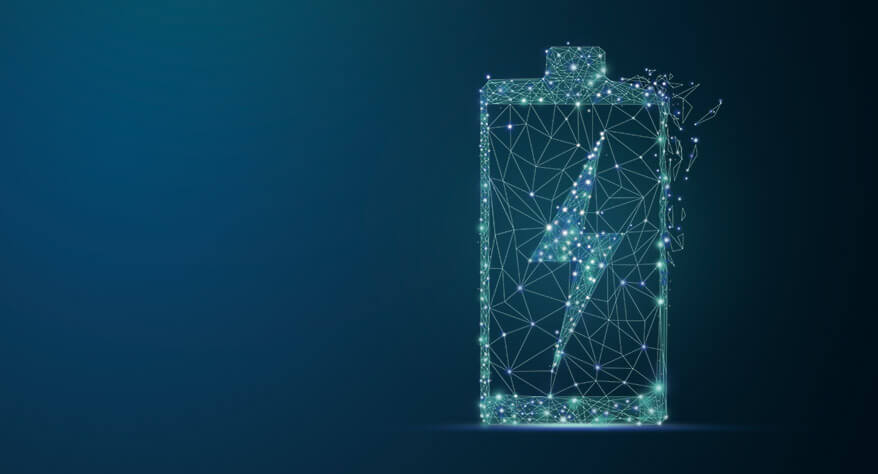How much do you know about lithium-ion battery warning label requirements?
Aug 19, 2019 Pageview:1789
Lithium battery basically refers to a popular family of batteries that entails diverse chemistries and comprise of several types of electrolytes and cathodes.
Though the lithium battery is most times abbreviated to Li-ion batteries, they are rechargeable batteries. The lithium is only available in a form known as ionic form based in the electrolyte.
Also, included in the category of lithium batteries is another prominent battery which is the lithium polymer battery. Generally, lithium batteries are used to power devices like:
· Laptops
· Tablets
· E-bikes
· Mobile phones and so many others.
Nonetheless, shippers of lithium batteries should be aware that there have been compulsory changes to the shipping of these batteries.
For over two years, shippers of the small “excepted” batteries, as well as battery-powered devices, have been given the alternative to make use of either the lithium handling caution label or to make use of the lithium battery mark.
These alternatives are to be used while operating during the transition stage that has however been allowed in the international and domestic regulations.
Basically, the lithium battery mark has become highly compulsory while the handling label has, in turn, become obsolete.
Instead of showcasing either lithium metal battery or lithium-ion battery, the new marks will simply showcase the particular UN number that is linked with the shipment of the battery like:
· UN3480
· UN3481
· UN3090
· UN3091
With the display being like this, it makes it easy to identify whether or not the package entails standalone batteries or probably batteries that are either contained or packed with equipment.
Also required is a phone number. Furthermore, there are no extra statements to be shown on the mark according to the regulations.
Guidance Of Lithium-Ion Battery Warning Label Requirement
The prominent lithium batteries have turned into the much more preferred energy source that is needed to power a broad variety of consumer goods that ranges from mobile phones down to toys for kids and up to cars as well as e-bikes.
Although they are largely utilized, most persons have no idea that lithium batteries are actually quite dangerous goods that have the ability to pose risks in safety if they are not prepared according to the transport regulations.
In a bid to aid in compliance, IATA has brought about guidance for shippers, grounds handlers, passengers, freight forwarders and airlines.
IATA has distributed a notice on the classification of the small lithium battery-powered vehicles. This is for when they are being shipped as cargoes and the provisions that are applied, especially the wording of the special provision A21.
There are devices that have been classified under UN3171 and they include:
· Solo wheels
· Air wheels
· Mini balance boards
· Balance wheels, and;
· Hoverboards
Furthermore, the ICAO council have even confirmed the recommendation of its ANC; Air Navigation Commission. The ANC prohibits though on an interim basis, that lithium batteries under UN3480, PI965, as cargoes on passenger aircraft.
What If There Is No Lithium-Ion Battery Warning Label?
In IATA's 2017 guidance document for lithium batteries, there are roughly three configurations in which the batteries should be transported. It includes:
· Contained within an equipment
· Packed with, but not actually contained in an equipment
· Packed just by themselves
Lithium metal or lithium-ion batteries are not permitted to ever be shipped on a passenger airplane as cargo. They must be shipped on a different cargo flight and must be at a state of charge of about thirty percent.
Also, the packaging must read the tag “for cargo aircraft only”. When batteries are being packaged for flight, they must be arranged in a way that none of their terminals comes in contact and they are protected from any prospective safe.
It is recommended that the terminals must be encased and make use of reinforced packaging. When shipping batteries within?equipment, it is majorly sufficient to actually keep them protected until they are not able to be activated accidentally.
The packages must always have the ability to sustain a drop from heights of about four feet without any damage. Plus, the packaging must have the lithium shipping label.
Maximum weight of packages carrying lithium batteries must never exceed thirty-five kilograms. There are rules that the batteries being carried by passengers must adhere to.
For the “spares” batteries that are not contained in any electronic device, they must be transported with the passengers and kept in his or her carry-on luggage and never in checked luggage. They must also be protected from ever short-circuiting.
Also, the batteries should never exceed 100 wh for each battery or if it's with approval, it should be 160 wh whereby there are two batteries. Batteries that have been recalled should never be brought on an aircraft.
The electronics that contain lithium batteries are actually permitted for travel and they can be placed in checked luggage.
Warning Actions For Lithium-Ion Battery
A lithium battery failure is only initiated by a particular type of abuse and it can be:
· Thermal
· Mechanical, or;
· Electrical abuse.
This is a stage of the battery's failure that is basically detectable by the battery management system which always monitors the physical characteristics of the specific lithium battery.
The period of time that passes between the abuse factor being initiated and the next stage which is off-gas generation hugely relies on the exact type of abuse. For abuse that is mechanical, like penetration in which the insides of the cell are swiftly exposed, there will actually be no time between the first stage and the next stage.
To Wrap It Up
Based on the carrier requirements or policies, extra information may be needed to be shown on the package that cannot be placed on the mark.
Like the handling label and mark changes, shippers of these batteries have the option to also make use of the new lithium battery Class 9 hazard class label or to make use of the standard class 9 miscellaneous label within the two-year transition stage.
- Prev Article: How do you know about Li-Ion battery market size?
- Next Article: How Much Does A Lithium-Ion Battery Weigh?
Leave Message
Hottest Categories
-
Hottest Industry News
-
Latest Industry News











